Vine borers are sneaky pests that can cause a lot of damage to your garden before you even realize they’re there. These pests burrow into the stems of plants like pumpkins, squash, and cucumbers, damaging the vascular system and eventually killing the plant. If you’ve noticed wilting, yellowing leaves or holes near the base of your vines, it might be time to check for vine borer activity.
Catching vine borer damage early is key to saving your plants. With the right approach, you can take steps to remove or prevent further damage, from pruning infected areas to using natural deterrents. Understanding the signs of vine borer damage and acting quickly can make all the difference in keeping your garden healthy and thriving.
Wilting Leaves

Imagine walking into your garden one sunny morning, only to find your squash plants looking like they’ve had a rough night. The leaves are drooping, and the plant appears defeated. This sudden wilting is often the first sign that vine borers have infiltrated your garden. It’s not just the heat; it’s these silent attackers at work.
Wilting can be deceptive, as it might seem like a simple case of dehydration. However, if watering doesn’t help, it’s time to inspect the base of your plant for any unusual signs of damage.
Holes in the Stem
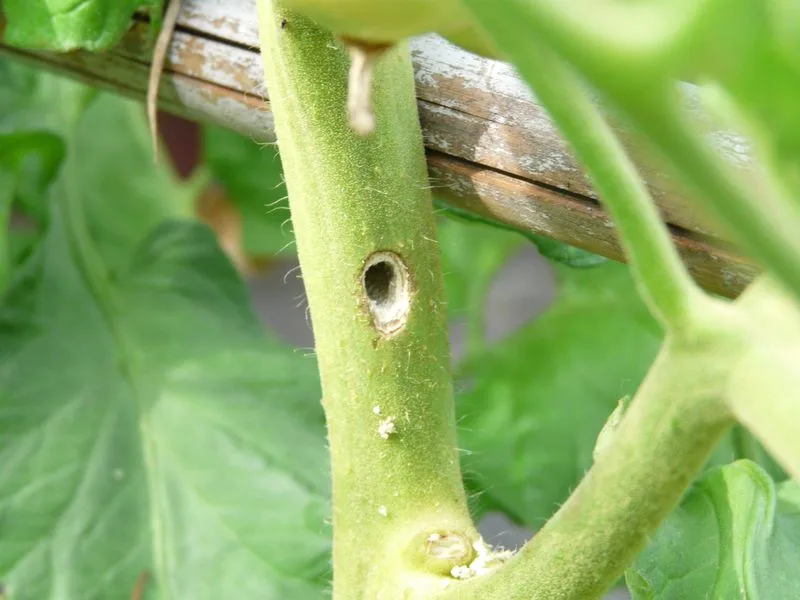
Upon closer inspection, you might notice small, circular holes at the base of your plant’s stem. These are not your average insect nibbles. They are entry points for the vine borer larvae, which have begun their destructive phase.
The presence of these holes is often accompanied by sawdust-like frass. This material is a clear indicator that the larvae are actively feeding inside the stem. It’s a distressing sight but knowing what to look for can help you take swift action.
Frass Accumulation
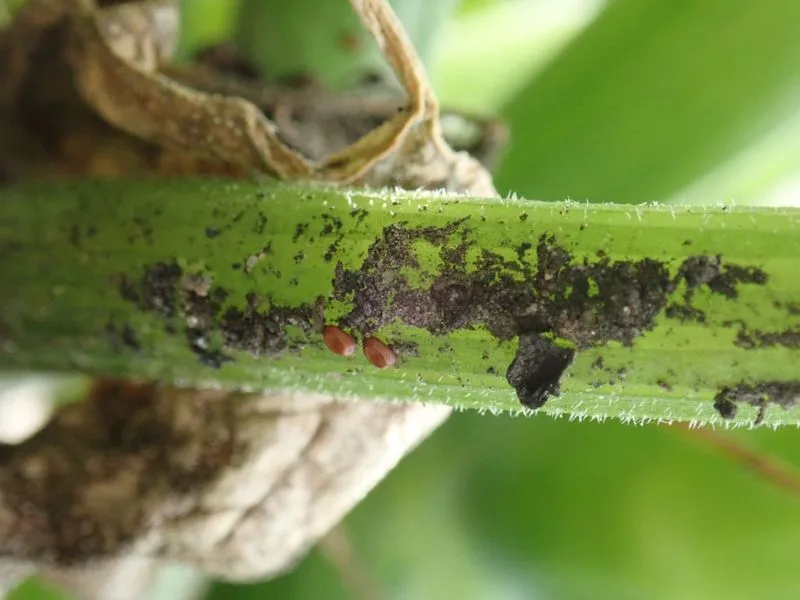
Frass is the unpleasant residue left behind by vine borer larvae as they chew through your plants. It looks like yellowish sawdust and tends to accumulate around the base of the stem. This visual cue is a clear indication that your plant is under siege.
While it may seem like just another garden nuisance, frass signifies a more serious problem lurking within. Spotting this early allows you to intervene before the damage becomes irreversible.
Yellowing Leaves

The vibrant green of your squash leaves turning a sickly yellow can be a cause for concern. This discoloration is often a symptom of vine borer damage, as the larvae disrupt the plant’s nutrient flow.
Yellowing can start subtly, but it quickly spreads, leaving your plant looking unhealthy and stressed. If you notice this change, it’s wise to inspect the stems for any further signs of vine borer activity.
Stunted Growth
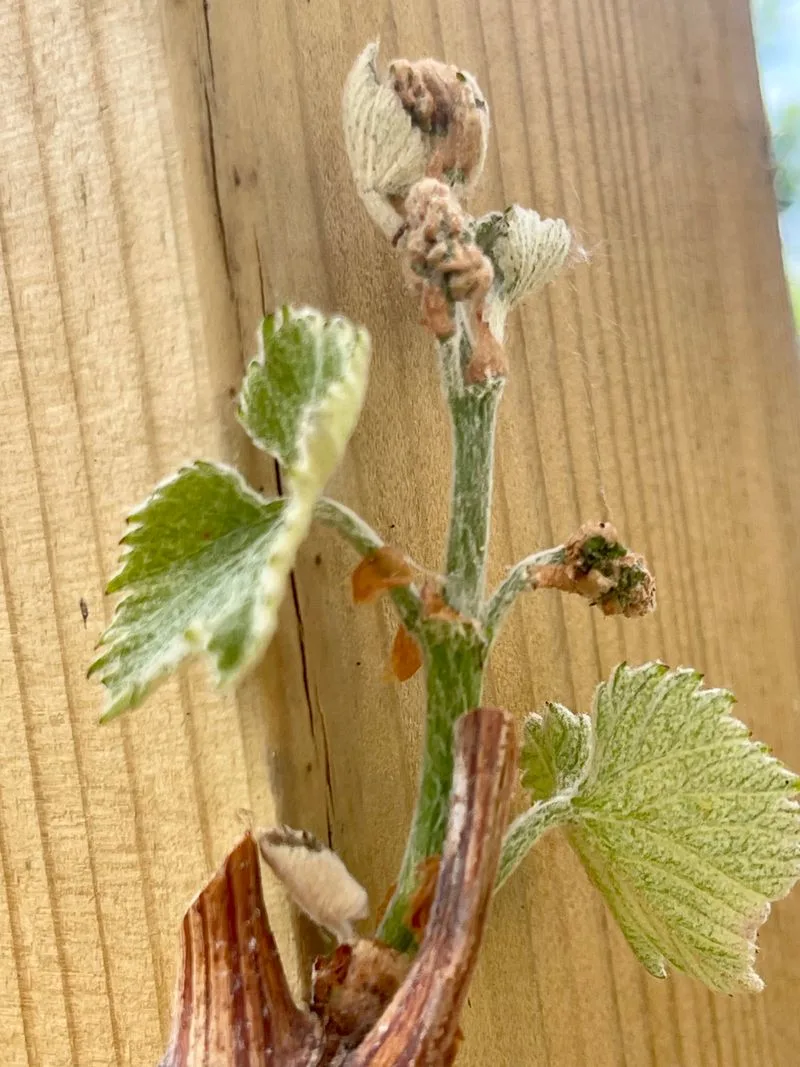
Have you ever wondered why one of your squash plants seems to lag behind its neighbors? Stunted growth can be a telling sign of vine borer damage. As the larvae feast on the plant’s interior, they disrupt its ability to grow and flourish.
This lack of progress is often paired with other symptoms like wilting or yellowing. Keeping a close eye on plant development can help you catch these pests early on.
Girdling of Stem
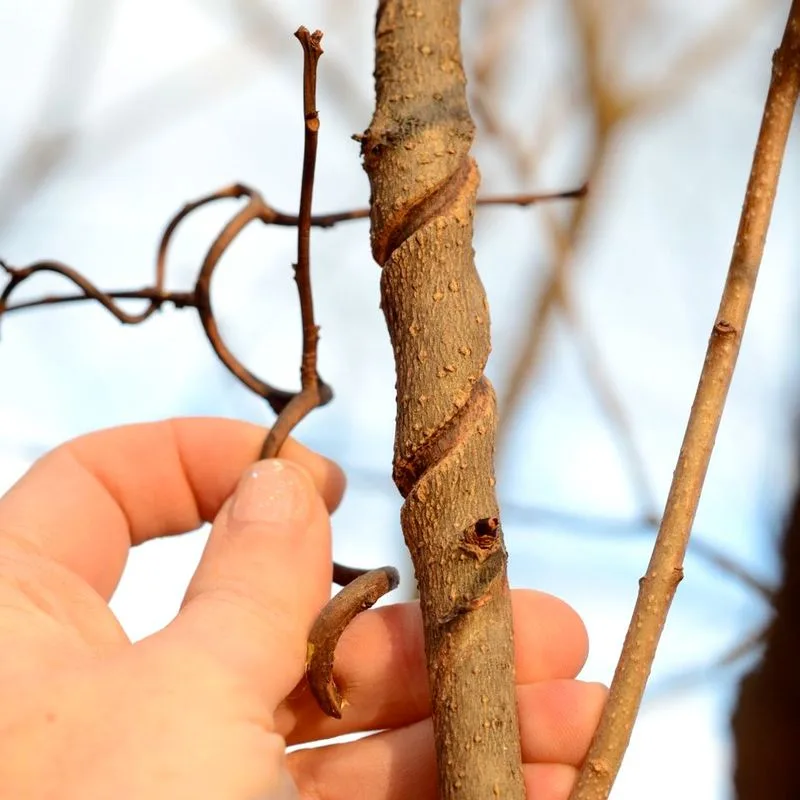
Girdling occurs when the vine borer larvae chew around the stem, creating a constricted and weakened area. This is akin to choking the plant, cutting off vital nutrients and water.
The effects of girdling can be devastating, leading to rapid plant decline. If you notice this symptom, immediate action is necessary to prevent further damage and salvage your plant.
Early Fruit Drop
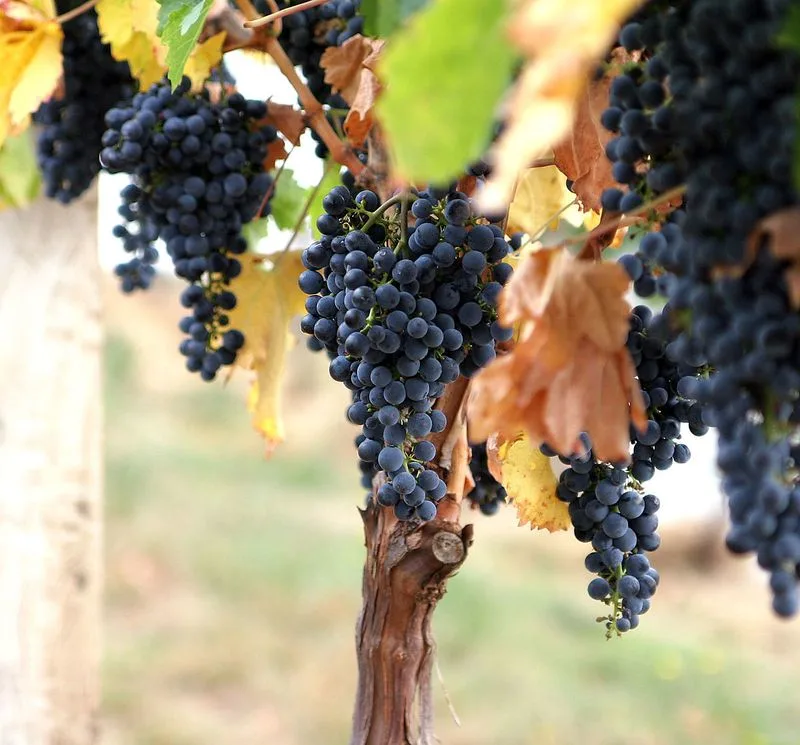
Premature fruit drop can be a heartbreaker for any gardener. The excitement of seeing small fruits develop is crushed when they fall off prematurely. This can be a result of vine borer activity, as the plant struggles to sustain its fruits.
While frustrating, recognizing this sign can prompt you to check for other symptoms and address the issue swiftly.
Splitting Stems
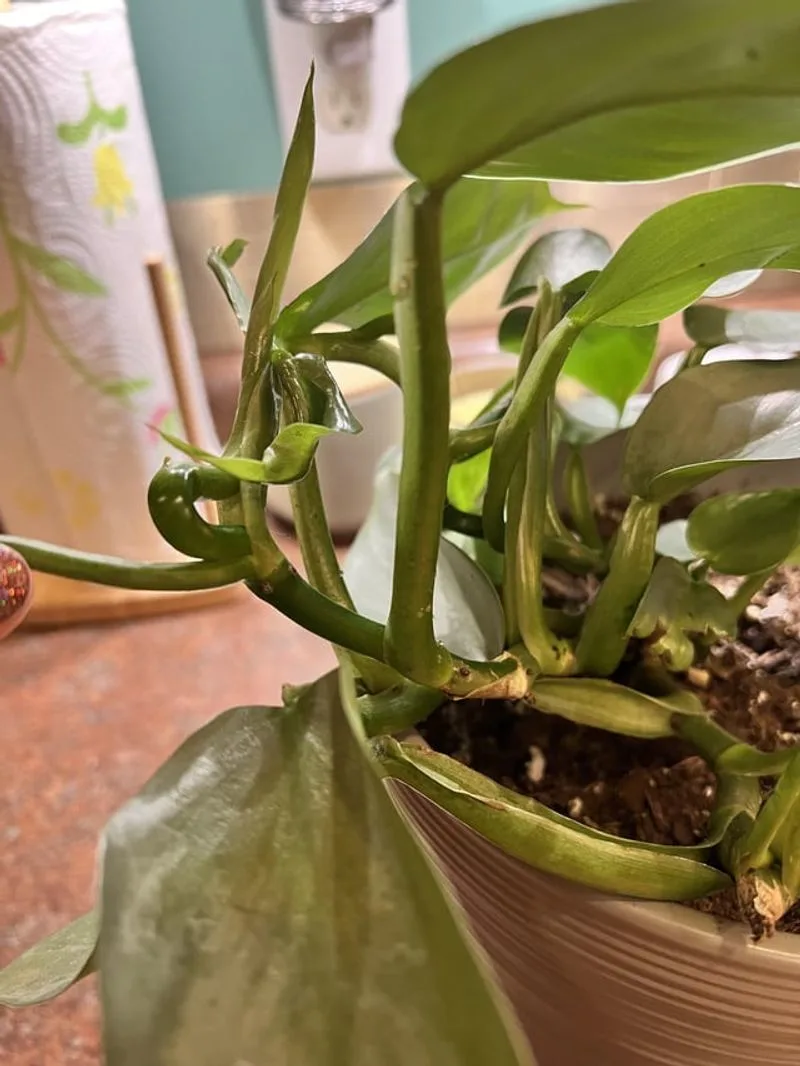
Splitting stems are a dramatic indication of vine borer damage. As the larvae tunnel through the stem, they weaken its structure, causing it to crack open. This not only exposes the plant to further pest and disease issues but also signifies severe internal damage.
Regular inspection of your plants can help catch this issue before it progresses too far, allowing for timely intervention.
Plant Collapse
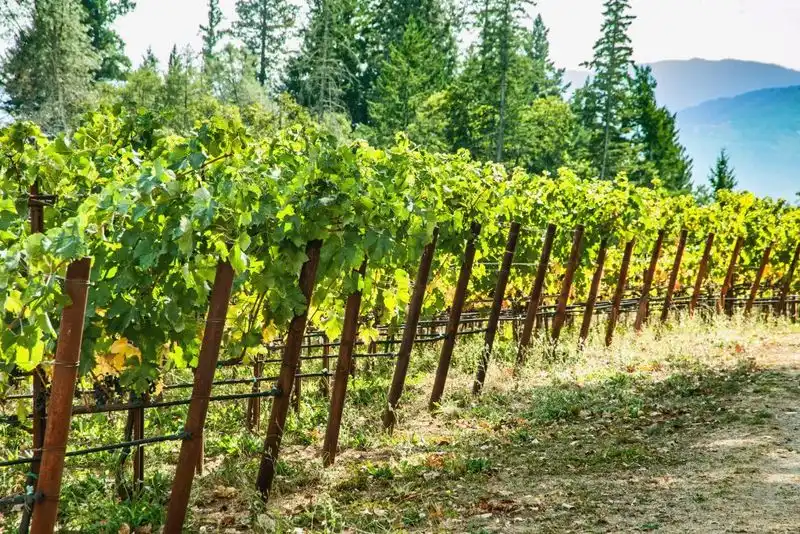
One of the most devastating signs of vine borer damage is the complete collapse of the plant. This occurs when the larvae have extensively fed on the interior, leaving the plant unable to support itself.
Though this may seem like the end, there are still steps you can take to protect other plants and prevent future infestations.
Visible Larvae
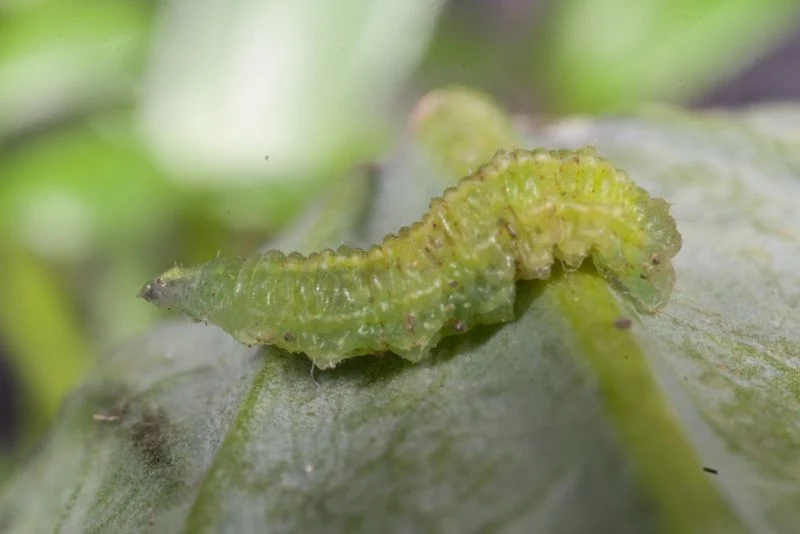
If you have the misfortune of cutting open a stem and finding pale, wriggling larvae, you’ve encountered the vine borers themselves. These pests are the culprits behind the damage, and their presence confirms an infestation.
Seeing them firsthand can be unsettling, but it provides a clear call to action to remove affected plants and protect the rest of your garden.

